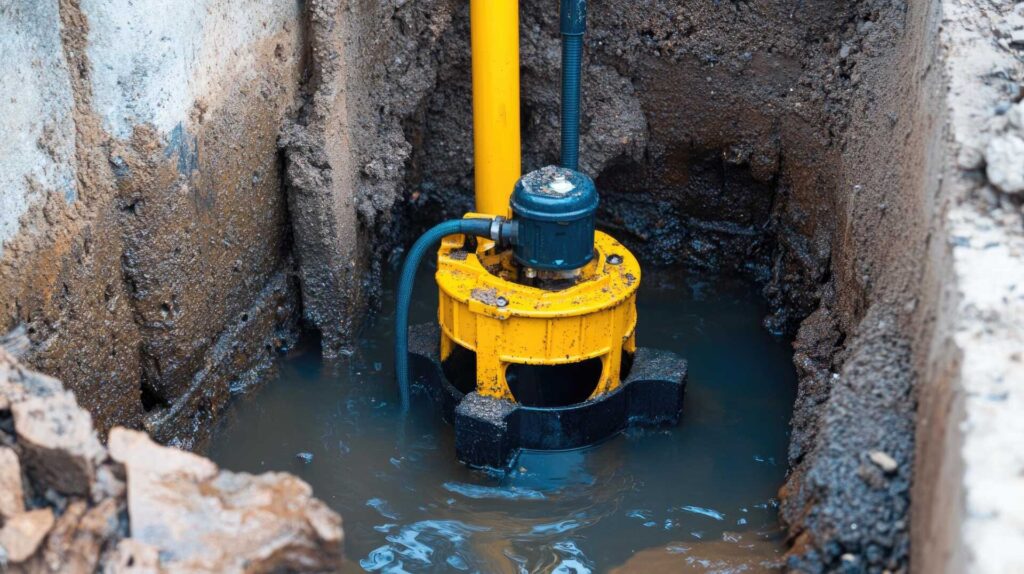
Contents
You know the significance of keeping your home’s plumbing in top shape. Regular maintenance, proper disposal of grease and oil, and the installation of backflow prevention devices are essential. But have you ever considered how these three methods can prevent sewage backups, protect your property, and ensure a healthy environment? Let’s explore how these simple yet vital steps can save you from potentially costly and hazardous situations.
Key Takeaways
- Regular plumbing maintenance prevents sewage backups by detecting blockages and leaks early.
- Proper disposal of grease and oil prevents clogs in drains, reducing the risk of backups.
- Installation of backflow prevention devices ensures contaminated water doesn’t enter the clean water supply.
- Professional inspections and drain cleaning help identify and address potential sewage backup issues.
- Use grease traps in kitchen sinks to capture grease, preventing buildup and potential backups.
Regular Plumbing Maintenance
Wondering how to prevent sewage backup in your home? Regular plumbing maintenance is vital to avoiding costly and messy issues. By scheduling plumbing inspections and investing in drain cleaning, you can keep your plumbing system in top shape and reduce the risk of sewage backup.
Plumbing inspections are essential for identifying any potential issues before they escalate into major problems. A professional plumber can inspect your pipes, drains, and sewer lines to check for any signs of blockages, leaks, or damage. By catching these issues early on, you can prevent sewage backup and avoid the headaches that come with it.
In addition to plumbing inspections, regular drain cleaning is important for maintaining a healthy plumbing system. Over time, debris, grease, soap scum, and other substances can build up in your drains, leading to clogs and backups.
Proper Disposal of Grease and Oil
To maintain a well-functioning plumbing system and prevent sewage backup, it’s vital to properly dispose of grease and oil. Improper disposal of grease and oil can lead to clogged pipes and sewer backups, causing extensive damage and costly repairs.
Follow these guidelines to ensure the proper disposal of grease and oil:
Use Grease Traps: Install grease traps in kitchen sinks to capture grease and oil before they enter the plumbing system. Grease traps prevent these substances from solidifying in the pipes and causing blockages.
Recycle Used Oil: Instead of pouring used cooking oil down the drain, collect it in a container and take it to a recycling center. Recycling used oil prevents plumbing issues and helps protect the environment by reducing pollution.
Avoid Flushing Oil: Never flush oil or grease down the toilet or sink. Even small amounts of oil can accumulate over time and lead to blockages in the sewer lines.
Installation of Backflow Prevention Devices
Proper maintenance of your plumbing system goes beyond just ensuring the correct disposal of grease and oil. To safeguard your property against sewage backup, consider the installation of backflow prevention devices. These devices are vital in preventing contaminated water from flowing back into your clean water supply.
Backflow prevention devices ensure that water flows in one direction only, preventing any unwanted reverse flow. By installing these devices at strategic points in your plumbing system, you can effectively mitigate the risk of sewage backup.
Backflow prevention devices come in various types, including check valves, air gaps, and backflow preventer assemblies, each serving a specific function to maintain the integrity of your plumbing system.
Proper installation of backflow prevention devices requires the expertise of a professional plumber. They’ll assess your property’s needs and determine the most suitable devices to install.
Additionally, regular maintenance and inspections of these devices are essential to ensure they’re functioning correctly.
Investing in backflow prevention through device installation is a proactive step toward protecting your property from sewage backup. By taking this preventive measure, you can safeguard your plumbing system and avoid costly repairs and cleanup associated with sewage backup incidents.
Wrap-Up
Implementing regular plumbing maintenance, proper disposal of grease and oil, and installing backflow prevention devices are vital steps to prevent sewage backups. By following these three methods, you can protect your plumbing system and the environment from potential disasters. Stay proactive and keep your sewage system running smoothly.
Recent Posts
Mastering Biohazard Sewage Cleanup Techniques
Is it really worth the risk to tackle biohazard sewage cleanup without the right techniques?
Top Leak Detection Services for Homeowners
Is it true that most homeowners underestimate the impact of undetected leaks? You might think
What Are Effective Sewage Cleanup Solutions?
You might not realize that improper sewage cleanup can lead to long-term health risks and

